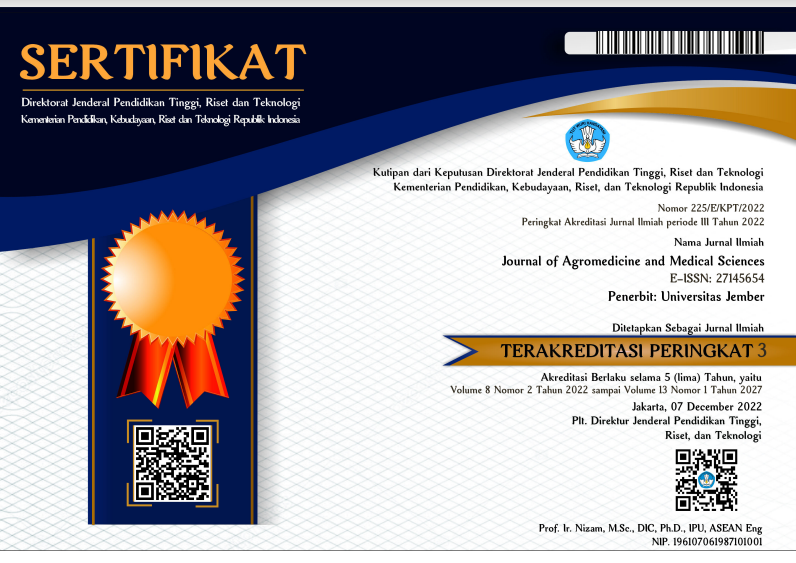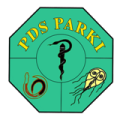Monitoring Of Side Effects Of Anti-Tuberculosis Drugs (ATD) On The Intensive Phase Treatment Of Pulmonary TB Patients In Makassar
DOI:
https://doi.org/10.19184/ams.v3i1.4093Abstract
Side effects of Anti-Tuberculosis Drugs (ATD) is a problem in the treatment of TB patients. The severity of the side effects experienced by patients will have an impact on treatment compliance and loss to follow-up rate. This study aimed to obtain information about ATD side effects experienced by pulmonary TB patients during the intensive phase treatment in Makassar. This type of research was observational descriptive with the time series design. The number of samples in this study were 58 people. The results showed that the percentage of patients who experienced ATD side effects during the intensive phase of treatment is the first week of 96.6%, 91.4% the second week, third week of 86.2%, 74.1% fourth week, the fifth week 74.1% , the sixth week 81%, the seventh week of 75.9% and 67.2% eighth week. The percentage of patients based on the type of side effects experienced is 81% joint pain, nausea 79.3%, 77.6% itching, loss of appetite 75.9%, 67.2% dizziness, tingling 50%, vomiting 41.4%, 34.5% abdominal pain, visual disturbances 27.6%, headache 24.1% and 6.9% hearing loss. This study showed that patients experienced ATD side effects every week during the intensive phase treatment. More side effects experienced during the first and the second weeks and tend to decrease until the end of the intensive phase. The main type of side effects experienced by TB patients are joint pain. Health workers should always conduct routine monitoring of ATD side effects experienced by TB patients in order to improve patient treatment compliance and prevent them from loss to follow-up of treatment.
Keywords: Monitoring, Side effects, ATD, TB, Intensive phase























